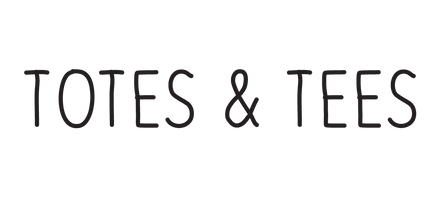OUR METHODOLOGY: DESIGN THINKING [PLUG & PLAY]
Design thinking and product design are closely intertwined concepts, with design thinking serving as a methodology that guides the process of product design. Let's delve into each term and explore their relationship:
Design Thinking:
Definition: Design thinking is a human-centered problem-solving approach that involves a set of methods and principles to understand user needs, challenge assumptions, redefine problems, and create innovative solutions. It is often characterized by empathy, ideation, prototyping, and iteration.
Key Stages:
-
Empathize: Understand the users, their needs, and the context in which they operate.
-
Define: Clearly articulate the problem based on user insights and needs.
-
Ideate: Generate a wide range of creative ideas without judgment.
-
Prototype: Develop tangible representations of ideas to test and gather feedback.
-
Test: Evaluate prototypes with users, gather feedback, and iterate based on the results.
Core Principles:
- Human-Centered: Prioritize the needs and experiences of users.
- Iterative: Embrace an iterative and flexible approach to problem-solving.
- Collaborative: Encourage cross-disciplinary collaboration and diverse perspectives.
- Creative: Foster a creative mindset to explore innovative solutions.
Product Design:
Definition: Product design is the process of creating and developing a new product, considering aspects such as form, function, aesthetics, usability, and manufacturability. It involves translating ideas into tangible products that meet user needs and market demands.
Key Stages:
-
Research: Understand market trends, user needs, and technical requirements.
-
Conceptualization: Generate design concepts based on research findings.
-
Detail Design: Develop detailed specifications, including materials, dimensions, and manufacturing processes.
-
Prototyping: Build physical or digital prototypes to test and refine the design.
-
Testing and Iteration: Evaluate prototypes for functionality, usability, and user satisfaction, and make necessary adjustments.
-
Production: Implement the final design for mass production.
Core Principles:
- Functionality: Ensure the product performs its intended function effectively.
- Aesthetics: Consider the visual and sensory aspects of the product.
- Usability: Prioritize a user-friendly and intuitive design.
- Feasibility: Design with manufacturing and cost considerations in mind.
Relationship:
-
Integration of Design Thinking in Product Design:
- Design thinking principles are often integrated into product design processes to ensure a user-centered approach.
- Empathy, a core element of design thinking, helps product designers better understand the needs and preferences of end-users.
- Ideation and prototyping phases of design thinking align with the creative and iterative aspects of product design.
-
Problem Framing:
- Design thinking emphasizes the importance of defining the problem based on user insights. This aligns with the initial stages of product design where thorough research and problem framing are crucial.
-
Iterative Prototyping:
- Both design thinking and product design involve prototyping and testing. Iterative refinement based on user feedback is a shared principle, ensuring that the final product is well-aligned with user needs.
-
Collaboration:
- Design thinking's collaborative nature encourages cross-disciplinary teamwork, which is also beneficial in product design where diverse expertise contributes to a comprehensive and effective solution.
In summary, design thinking is a holistic problem-solving approach, while product design is a specific application of design principles to create tangible products. Design thinking provides a framework for innovation and user-centered design, and when integrated into the product design process, it enhances the likelihood of creating products that truly meet the needs of users.
